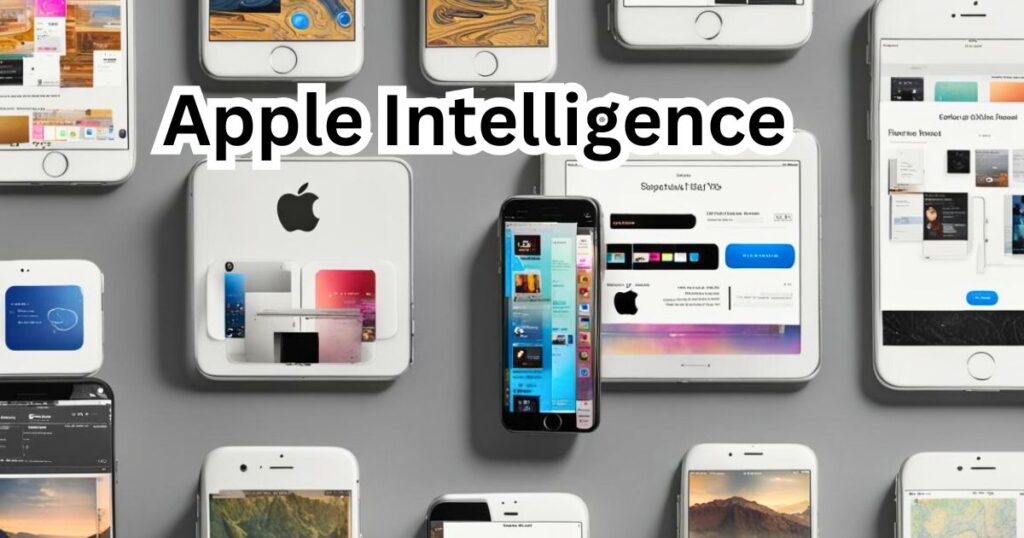In the evolving landscape of digital security, iPhone users face increasingly sophisticated threats to their personal data and device integrity. Recent incidents have highlighted a concerning trend where thieves exploit security features to gain unauthorized access and lock out rightful owners permanently. This blog post delves into the methods used by these malicious actors, the implications for users, Apple’s response, and proactive measures individuals can take to protect themselves.
Understanding the Threat Landscape
The method gaining traction among iPhone thieves involves manipulating a crucial security setting known as the recovery key. This 28-digit code is designed to provide an additional layer of protection against unauthorized access to Apple accounts. However, thieves have found ways to exploit vulnerabilities in the system, such as observing passcode entries in public places or coercing individuals into revealing their credentials. Once they gain access to the device, they can change the associated Apple ID, disable tracking features like “Find my iPhone,” and reset the recovery key itself. This sequence of actions effectively locks out the original owner from their own device and potentially compromises sensitive personal information stored on it, including messages, photos, and financial data.
Apple’s Response and Challenges Faced
Apple, as a leader in consumer electronics, acknowledges the seriousness of these security breaches. The company emphasizes its commitment to user security and continuously works to enhance protections against emerging threats. Apple requires the recovery key to facilitate account recovery and protect users from online hackers. However, the effectiveness of these measures hinges on users maintaining strict control over their passcodes and devices. Apple’s spokesperson has stated their sympathy for affected users and reiterates the company’s dedication to investigating additional safeguards against such exploits.
Steps to Mitigate Risk
Despite the challenges posed by these sophisticated methods, there are practical steps users can take to mitigate the risk of falling victim to iPhone theft and unauthorized access:
1. Secure Passcode Practices
- Use biometric authentication methods like Face ID or Touch ID whenever possible to prevent unauthorized individuals from observing or guessing your passcode.
- Opt for a longer, more complex alphanumeric passcode that is less susceptible to brute-force attacks.
- Immediately change your passcode if you suspect it may have been compromised or observed by someone else.
2. Utilize Screen Time Settings
- While not specifically designed as a security feature, the Screen Time settings on iPhones can be configured to require a secondary password for making changes to the Apple ID. Enabling this setting adds an additional layer of protection against unauthorized alterations to critical account settings.
Regular Data Backups
Maintain regular backups of your iPhone using Apple’s iCloud service or iTunes on your computer. This ensures that your data remains accessible even if your device is lost, stolen, or compromised.
Consider diversifying your backup strategy by using additional cloud services such as Google Photos, Microsoft OneDrive, or Dropbox to store important files and documents securely.
The Role of User Vigilance
while the threat of iPhone theft and unauthorized access through manipulation of recovery keys is concerning, proactive measures can significantly reduce vulnerabilities. By remaining vigilant and implementing recommended security practices, iPhone users can safeguard their personal data and maintain control over their devices. Apple continues to enhance its security protocols, but individual responsibility in safeguarding passcodes and implementing robust security measures remains paramount.
Keep Your iPhone Safe
This blog post has explored the emerging threats faced by iPhone users, particularly concerning the exploitation of recovery keys by malicious actors. Understanding these threats is crucial for users to appreciate the importance of maintaining strict security practices. By securing passcodes, utilizing available security features like Screen Time settings, and maintaining regular data backups, individuals can mitigate the risk of falling victim to iPhone theft and unauthorized access.
As technology evolves, so do the methods used by those seeking to exploit it for malicious purposes. Apple’s ongoing commitment to user security underscores the importance of remaining proactive and informed about emerging threats. By adhering to the recommendations outlined in this post, iPhone users can navigate the digital landscape with greater confidence and security, ensuring a safer and more secure experience with their devices.
See more information here… https://www.apple.com/
Disclaimer
We can not guarantee that the information on this page is 100% correct. readmore
See our Latest technology trends posts


